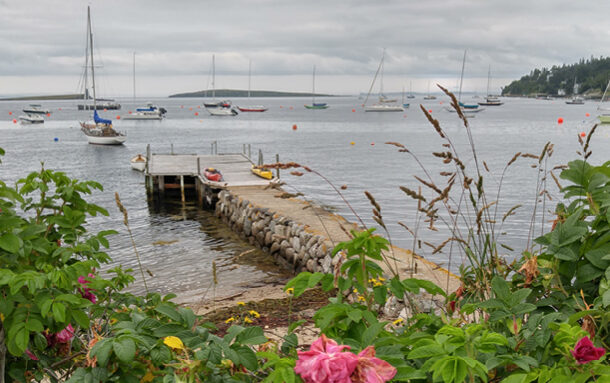Follow the Historic Rum Runners Route of the 1920s and 1930s Along the South Shore of Nova Scotia with Great Canadian Trails
Cycle along the Rum Runners Trail, a clandestine route of the 1920s and 1930s, known for the smuggling of alcohol—now a lovely recreational route that takes you between Halifax and Lunenburg. Follow Nova Scotia’s gorgeous South Shore and explore colourful fishing villages, with stops at highlights like Peggy’s Cove and Old Town Lunenburg.
Overview | Instructions
Duration: 6 days
Activities: 4 days self-guided cycling
Accommodation: 5 nights B&Bs/inns
Meals: 4 breakfasts
What’s included
- 5-night accommodation in B&Bs/inns
- 4 breakfasts
- Luggage transfer (1 piece per person, not exceeding 20 kilograms)
- Transfers to/from trailheads as indicated in itinerary
- Hybrid bike rental, including rear rack, bottle cage, bike lock, repair kit and helmet
- Sightseeing stops at Peggy’s Cove
- Navigation app including detailed route routes and points of interest
- Access to emergency hotline
- $50 donation to Trans Canada Trail
- What’s not included
- Travel to/from Halifax
- Airfare, visas, travel insurance (required)
- Airport transfers
- Guide (this is a self-guided tour)
- Optional e-bike upgrade
- Personal expenses
- Meals not indicated in the itinerary
- Entrance fees and optional activities
- All applicable taxes
Day 1: Arrive Halifax

Welcome to Nova Scotia! Find your way to your hotel in downtown Halifax. Enjoy the rest of the day exploring the city at your leisure.
Day 2 Halifax: transfer to Peggy’s Cove and cycle to Hubbards (approx. 24 km)
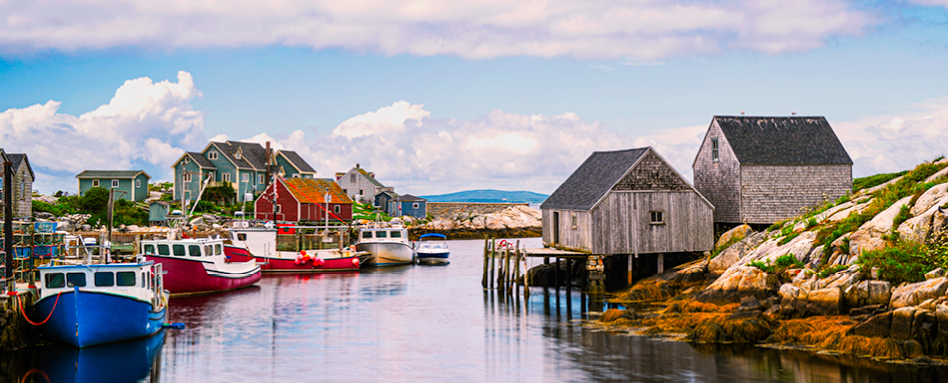
After breakfast, get picked up at your accommodation and head to the Great Canadian Trails spot to set up your bicycle. Transfer to iconic Peggy’s Cove, where you’ll have time to explore. Next, transfer to your trailhead where you can enjoy lunch, then head off towards Hubbards, your home for the night.
Day 3: Hubbards to Chester (approx. 27 km to 57 km)
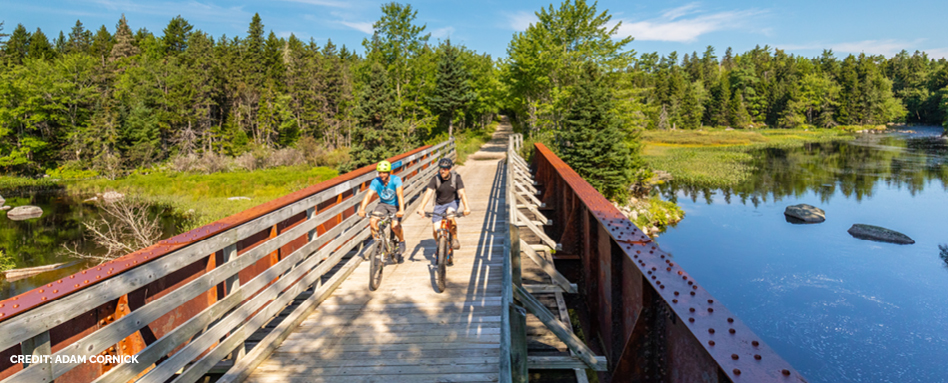
Follow the former railway’s crushed gravel trail through forested areas. If you like, stop for a visit to Big Tancock Island via passenger ferry – you can bring your bike and explore the community, which adds approximately 10 km to your day’s ride. If you prefer, extend your ride from Hubbards with a loop around the Aspotogan Peninsula, which adds 30 km to your day’s ride. Continue to the charming sailing community of Chester for the night.
Day 4: Chester to Lunenburg (approx. 40 km to 52 km)
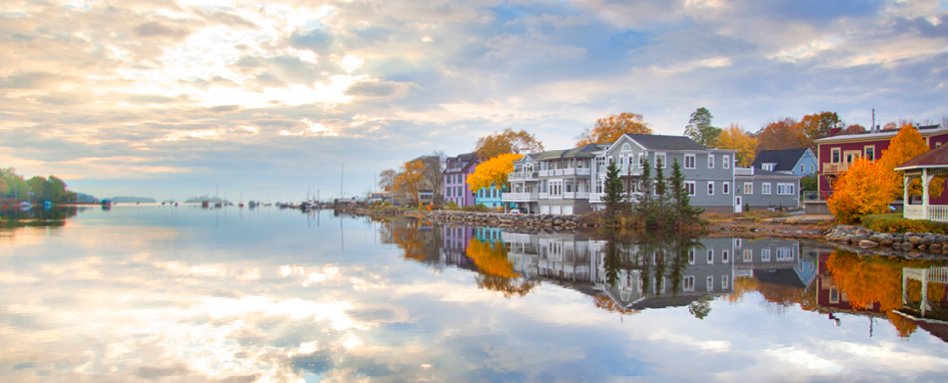
Today, head to Lunenburg, only one of two urban communities in Canada to be designated a UNESCO World Heritage Site. Cycle through tranquil woodland, cross a trestle bridge over Martin’s River, and continue on the Dynamite Trail. Continue to the artistic community of Mahone Bay, where you can stop for lunch or a snack at one of several cafés. From Mahone Bay, you can opt to take a scenic, hillier route to Lunenburg/Blue Rocks – note this option takes you to a section where you share the road with vehicle traffic. Alternatively, continue along the rail trail to your B&B in Old Town Lunenburg.
Day 5: Explore Lunenburg (Cycle-free day to 35 km)
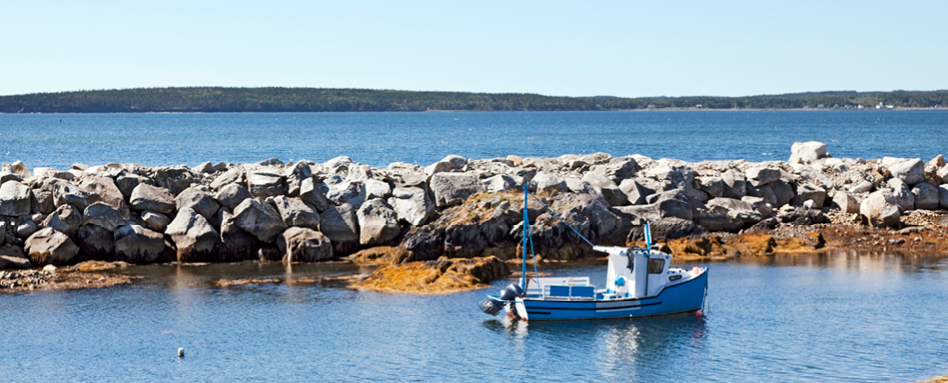
Today, Lunenburg is your home base, and there are plenty of options to explore by bike or on foot. Opt for a 12-kilometre cycle to the fishing village of Blue Rocks, then continue to the artistic community of LaHave. Or if you prefer, take the day off from cycling and explore Lunenburg on foot. Visit the Fisheries Museum of the Atlantic, take a historic walking tour or sail the Bluenose II.
Day 6: Lunenburg to Halifax (transfer)
Spend the morning in Lunenburg, then transfer back to Halifax after lunch. Services end upon arrival in Halifax. Until next time!
Great Canadian Trails: A note on self-guided adventures
Self-guided walking requires individuals to use problem-solving skills, to be adaptable and to have a keen eye. It’s recommended that individuals are comfortable reading a map and referring to route notes, while having a good sense of direction (or are willing to work on improving this!)
Sometimes route finding, losing your way, and asking the locals for help are all part of the adventure. If you’ve never been on a self-guided trip, you’ll get the hang of it after the first couple of days, as the vast majority of first-time travellers with Great Canadian Trails attest.
Written route-finding materials issued by Great Canadian Trails are updated regularly. Great Canadian Trails provides a seven-day service hotline to help solve problems and answer questions.


